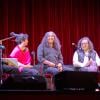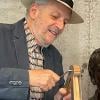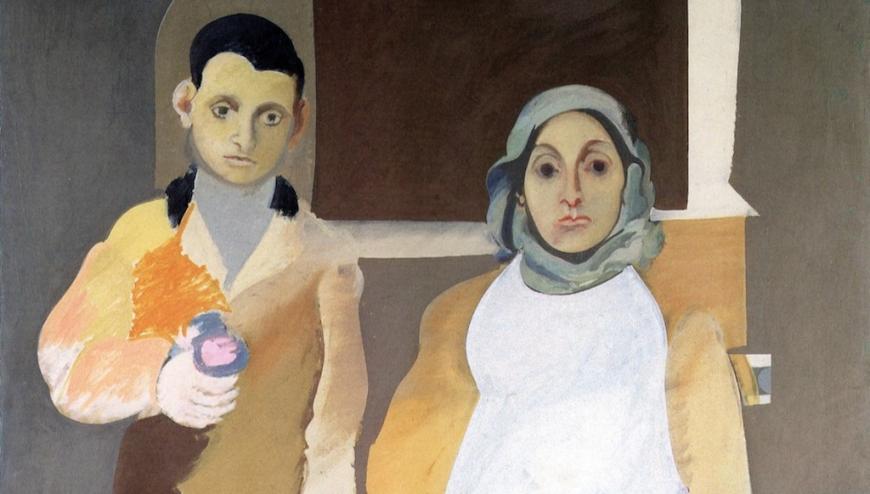
There may have been a hint of trepidation in Other Minds Executive and Artistic Director Charles Amirkhanian’s voice on Friday night as he characterized the third program of this year’s festival as a split bill between music of Armenian origin and a 70th-birthday celebration for composer Carl Stone. And though the program’s halves were indeed starkly different, this kind of inebriating eclecticism fully embodies the Other Minds ethos.
The evening opened with a performance of They Will Take My Island, a multimedia collaboration between composer Mary Kouyoumdjian and filmmaker Atom Egoyan that centers on the story of Armenian American painter Arshile Gorky. Though the composition takes its name from a later abstract painting by the artist, much of it hinges on The Artist and His Mother, an arresting and deeply moving painting based on a childhood photograph of Gorky with his mother, taken only a few years before her death during the Armenian genocide.
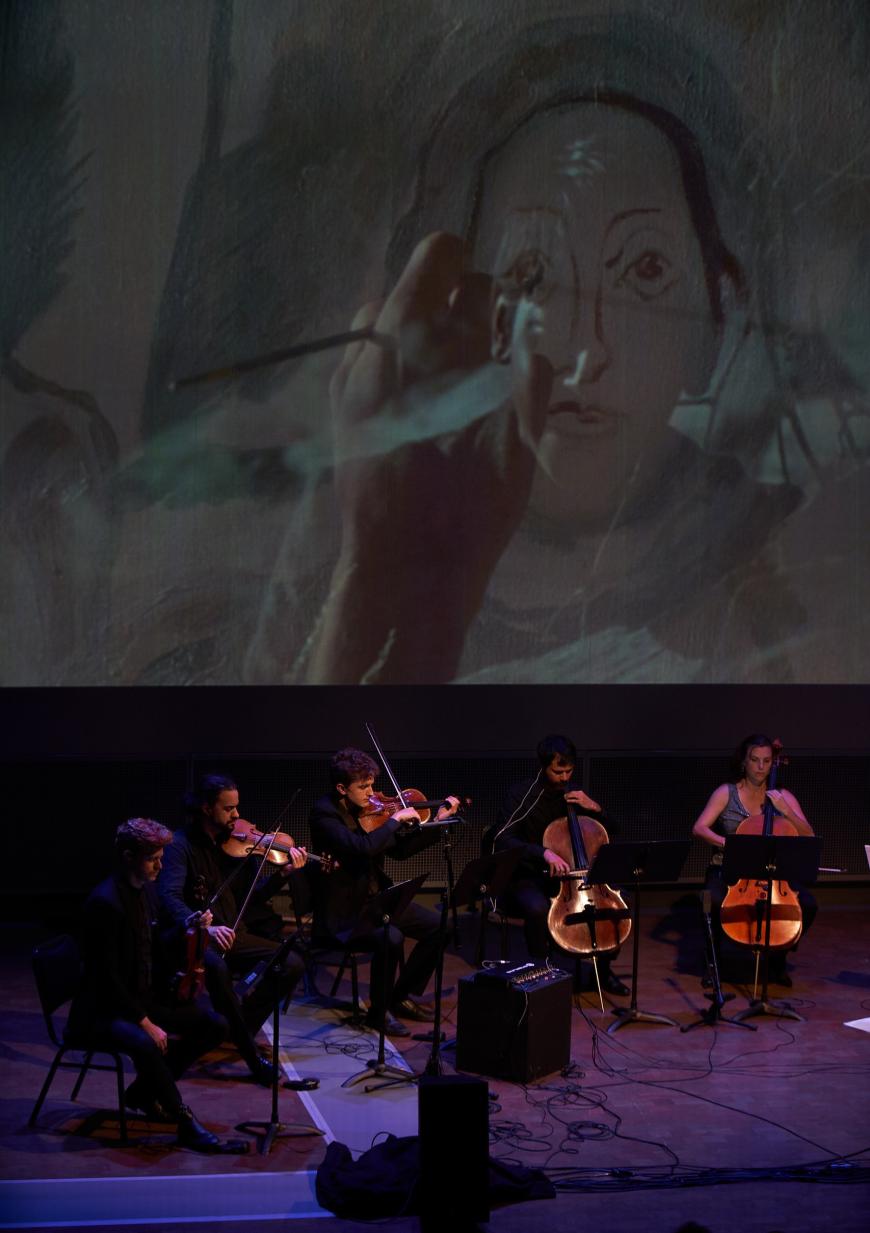
Kouyoumdjian’s score weaves a solitary viola monody into an emotive heterophony, deftly performed Friday by the Friction and Recenia Quartets, while the projected images and narration (a documentary project conducted by the composer herself, featuring interviews with art historians, curators, and Gorky’s descendants) effectively balance the personal and communal elements of this tragic history. A boy loses his mother as well as his home, changes his name in an attempt to start over in a faraway land, and eventually takes his own life after having survived and overcome so much.
Egoyan’s own son Arshile, featured in several home-video close-ups throughout the film, learns from his parents about the story of the artist whom he was named after and the history of his own displaced people. On screen, Gorky steps away from the canvas and moves through the steps of a folk dance, the melody subtly passed from the live music to a source in the film itself.
The second set featured two pieces by Artur Avanesov, a composer and pianist who teaches at the American University of Armenia. The Recenia Quartet returned to the stage to join him for Quasi Harena Maris, with the strings providing a microtonal harmonization for a chant-like ostinato. The equal-tempered piano that Avanesov played entered the same xenharmonic territory through clever chromatic voicings, clusters of overtones bridging the gaps between otherwise distant sound worlds. A variety of string techniques, from lugubrious glissando to crystal-like harmonic chords, led toward a more austere, then increasingly agitated middle section. The ostinato motive returned to close the piece, this time elaborated in a sort of ruminating, nervous rhapsody in the piano.
Avanesov’s distinctive pianism remained in evidence for Tezeta, which built a series of modulating journeys based on the Ethiopian modal melody referenced in its title, ranging from crisp, bopping phrasing to thundering spread chords more clearly reminiscent of repertory classics.
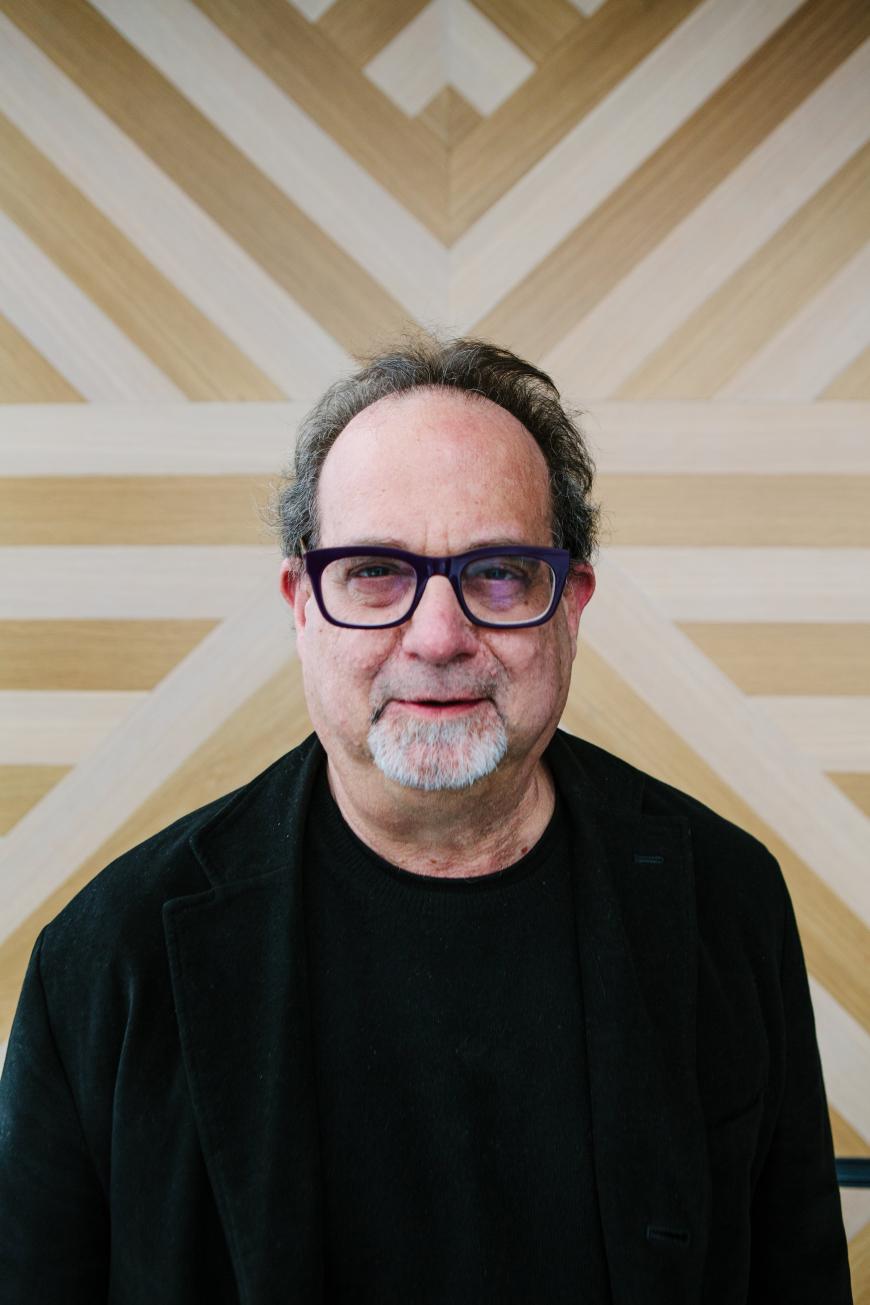
After a brief intermission, the audience returned to a vastly different sound world. Sampling pioneer Carl Stone started out by presenting a series of short explorations with TUKDIN, a live-sampling environment that allows for novel and classic takes on mixing two separate sound sources together. From spectral masking to dynamic interpolations, mysterious percussive atmospheres melded with dreamy vocals, and then approximately 17 Frank Sinatra doppelgangers glitched through “Strangers in the Night.” Equal parts infectious, virtuosic, and deranged, Stone’s set may have been a skosh too loud for the reverberant yet small Taube Atrium Theater and perhaps a bit too out there for some of the evening’s unsuspecting audience members.
The mood changed somewhat for Sonamu, a composition for live-processed piano, here performed by Sarah Cahill. A simple melody underwent progressively more intense treatments, at first gently augmented with reverb, then warped with an uncharacteristic vibrato effect, and eventually joined by a chorus of voice-like formants, giving the effect of a strange congregation humming along to an underwater spinet. It was surreal, haunting, and slightly uncanny, the combination of immediately recognizable acoustic sources and their masked, processed reflections.
Stone’s birthday celebration wrapped up with MIAN, another live-sampling master class, this time employing the inputs of Ned Rothenberg on clarinet and saxophone and Paul Dresher on the hurdy grande, a large-scale friction-wheel string instrument of his own design. The two improvised freely yet sensitively as Stone routed their sounds through a matrix of processing options, multiplying, stretching, and transforming them in myriad ways. Even without the aid of electronics, Rothenberg’s and Dresher’s timbres mimicked one another through the extended techniques that the performers employed. Hollow woodwind multiphonics slotted into the earthy rubbed string tones of the hurdy grande, with both players able to launch into squeaks, shrieks, and screams on a moment’s notice.
At times Stone’s treatment receded, only to return to showcase a particular timbral or textural aspect by bringing it to the forefront — like turning a held hurdy grande tone into a drone of seismic proportions. It was an embarrassment of sonic riches and a fittingly boisterous close to a consistently excellent night of diverse musical imaginations.



